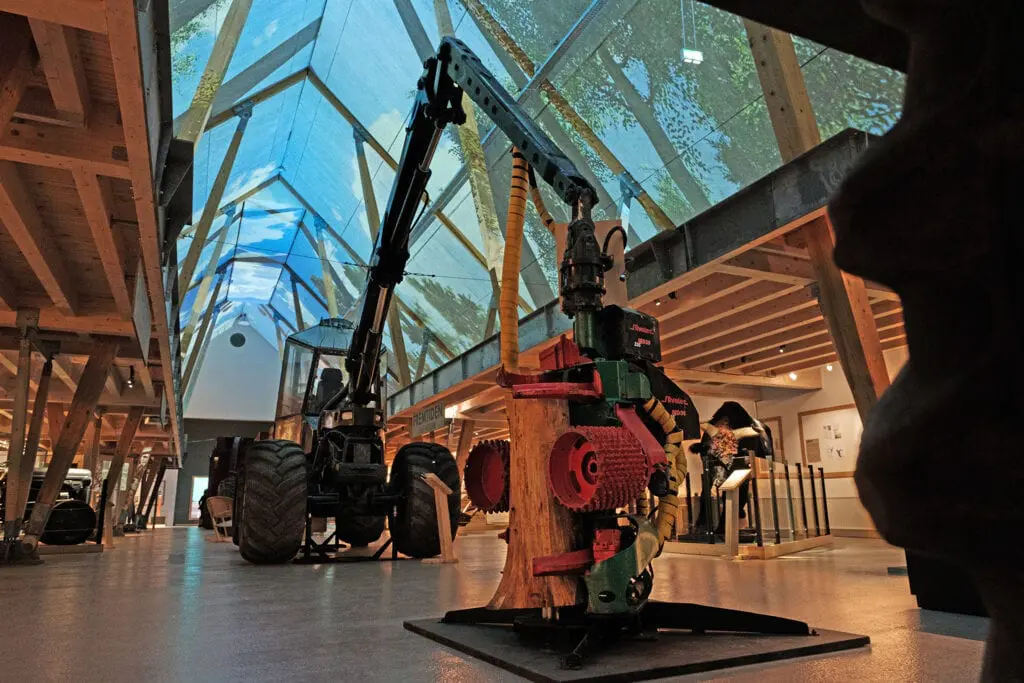Denmark is a forest country. It is a reality. If we humans do nothing, more than 95 % of the country will become forest. Around the year 1800, the forest was almost extinct, due to human overconsumption. It is also a reality. It had to change, and it did. Today, the forest covers 14 %, and the Danish Parliament decided in 1989 that the forest area in the year 2100 should be 20-25%.
After the end of the ice age, animals, people and forests migrated to the area that we now call Denmark. Virtually the entire country would be covered in primeval forest today if we had done nothing. But we have done something, and for the last few thousand years there has been no untouched forest in Denmark. We have exploited the forest's resources and increasingly changed its composition to meet our needs. The forest we see now is thus a construction.
Forests are just as constructed as farmland and urban areas. We say we are going into nature when we go into the forest. We are, but it is man-made nature, not natural nature. It would look different.
From the mid-18th century, extensive plans were made for the operation and use of the forests. This was because the forest area was down to 3 % due to overexploitation. Foreign tree species were introduced, trees were lined up, new areas were planted. Wood was to be secured for the Danish people. Since then, other purposes have been added. The forests must also preserve ancient monuments and provide opportunities for recreation. The forests play a major role in biodiversity, and in addition, they must function as part of the solution to today's climate challenges.




